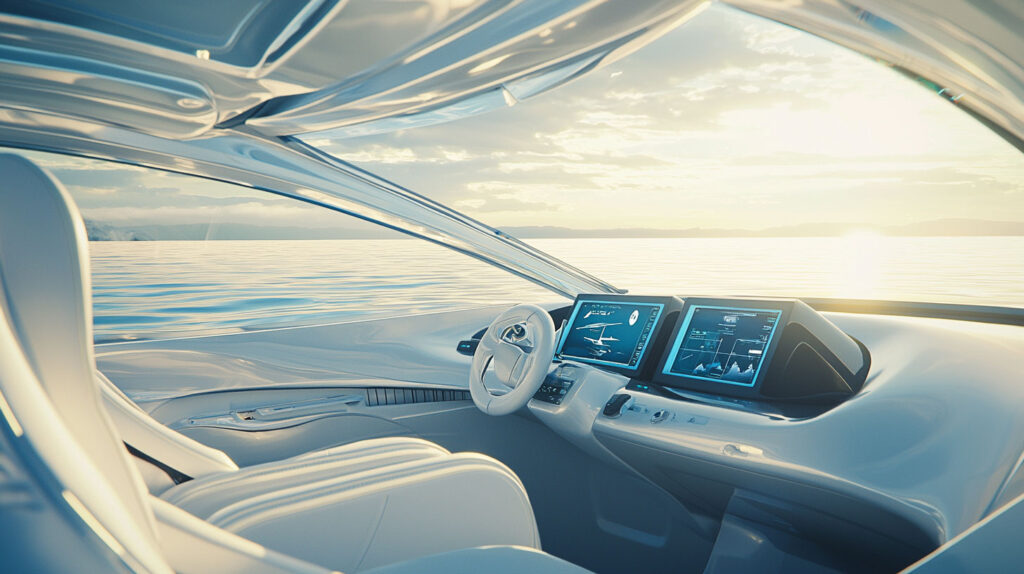The gentle lapping of waves, the sun on your face – boating offers a unique sense of freedom. But beneath the idyllic experience lies a world of robust engineering and innovative materials. Increasingly, the marine industry is turning to thermoforming to create essential boat accessories that are not only stylish and functional but also built to withstand the harsh marine environment. This manufacturing process is shaping the future of how boats are equipped, offering a compelling blend of strength, design flexibility, and even sustainability.
Thermoforming, at its core, involves heating a plastic sheet until it becomes pliable, then molding it to a specific shape. This technique proves particularly advantageous for crafting a wide array of “accessori barca termoformati” (thermoformed boat accessories). Think about a boat’s dashboard console, sleek storage compartments, durable covers, or even specialized components like live bait wells. Thermoforming allows for the creation of these items with a high degree of precision and a smooth, seamless finish that is both aesthetically pleasing and easy to clean – a real bonus when dealing with salt and spray.

One of the key reasons for the growing popularity of thermoformed parts in the marine sector is their remarkable durability combined with a lightweight profile. Materials commonly used, such as ABS, ASA, and PETG, are inherently resistant to UV radiation, water ingress, and chemical corrosion – all critical factors for longevity on the water. This means components last longer and require less maintenance. Furthermore, lighter parts contribute to better fuel efficiency and overall boat performance. Companies specializing in this field are adept at selecting the ideal material for each specific application, ensuring optimal performance. For instance, the ability to produce complex, custom shapes at a relatively lower tooling cost compared to other molding methods makes thermoforming an attractive option for boat builders looking to innovate.
Beyond the practical benefits, thermoforming also opens up exciting possibilities for design. Intricate details, ergonomic curves, and integrated features can be incorporated directly into the mold, leading to more sophisticated and user-friendly boat accessories. This level of customization allows manufacturers to create unique and functional spaces onboard. As the industry continues to evolve, expert thermoforming companies play a crucial role in bringing these advanced designs to life, offering tailored solutions for everything from small leisure craft to larger vessels. To see how companies like LMP support custom thermoforming projects, from initial design to final production, you can explore their services https://www.termoformatura-lmp.it/lmp-termofomatura.
Sustainability is another increasingly important consideration in manufacturing, and thermoforming offers benefits here too. Many of the plastics used are recyclable, and the process itself can be highly efficient, minimizing material waste. As technology advances, the use of recycled and bio-based plastics in thermoforming is also expanding, further reducing the environmental footprint. This commitment to innovative and responsible manufacturing ensures that the boating industry can continue to provide high-quality, durable accessories while embracing more sustainable practices for the future.
